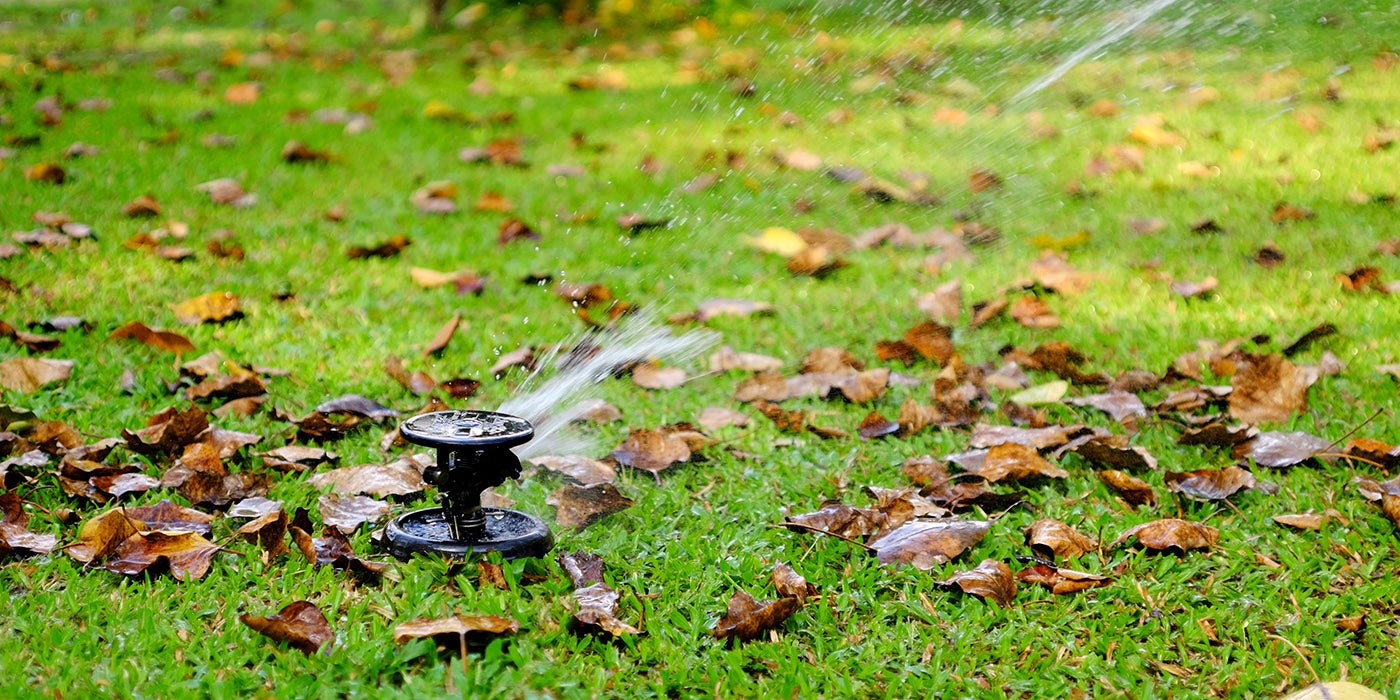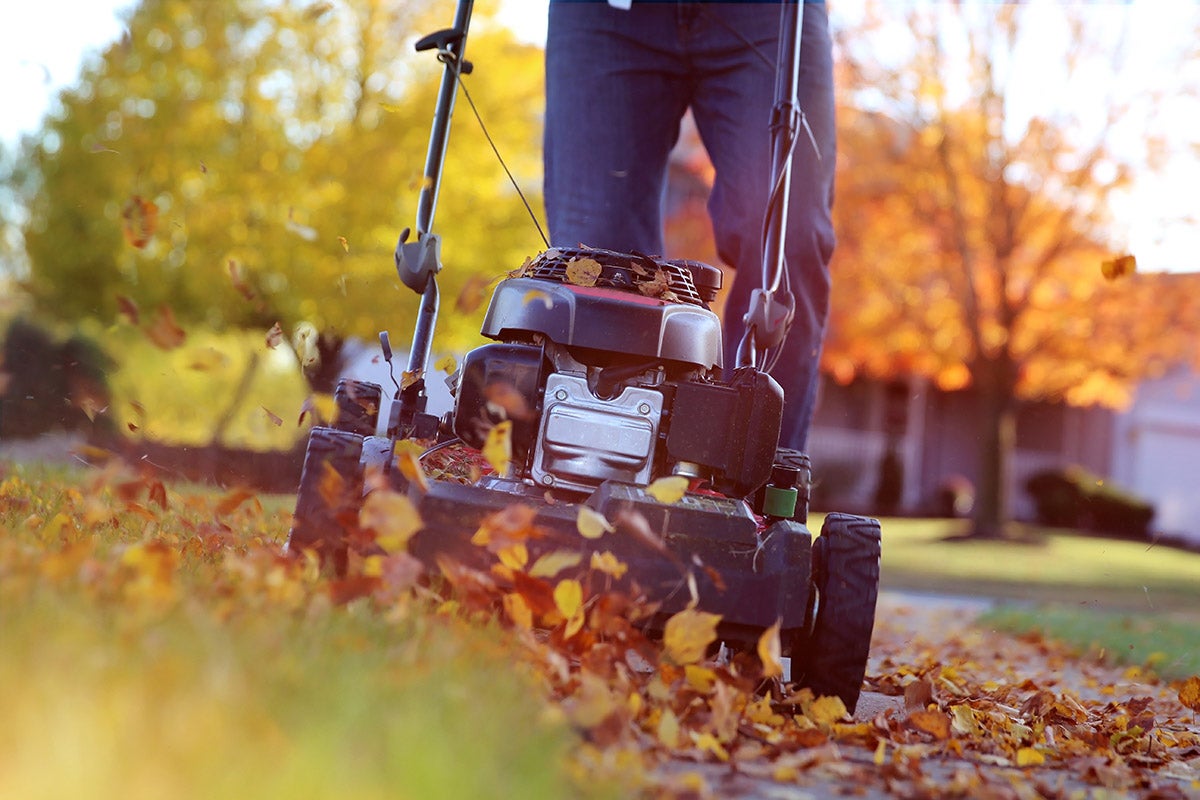Our Fall Garden Cleanup Checklist to Prepare Your Yard for Winter

As the leaves begin to change color and drop from the trees, now is the time to start thinking about preparing your garden and yard for winter. A little bit of work now will pay off come springtime when you'll be able to enjoy your outdoor space without having to do a major cleanup first. Use our checklist as a guide to get started with your fall garden cleanup.
Clean up any debris and leaves from your lawn and garden
A little bit of effort in the fall can save you a lot of time and hassle come springtime. Follow these steps to start your fall cleanup.
- First, remove any large debris with a rake or shovel. This includes sticks, stones, and anything else that could potentially damage your lawnmower or impede your gardening efforts come spring.
- Once you've removed the large debris, use a broom to sweep away any smaller bits of debris. This includes leaves, twigs, and pine needles.
- Once you've swept up all the debris, use a garden hose to rinse away any remaining dirt or debris from hard surfaces, such as your driveway, sidewalks, deck, or patio.
- Finally, dispose of any trash properly. This includes putting leaves in compost bins or recycling them and disposing of sticks and stones in the trash.
Cut your grass one last time before winter hits

Give your lawn a final trim before the end of the season. This will help ensure that any growth that does occur during the winter months is short and manageable. For cool-season grasses, such as Kentucky bluegrass, tall fescue, and perennial ryegrass, aim to mow your lawn to a height of 2.5 to 3 inches. For warm-season grasses, such as bermudagrass and zoysia, you'll want to mow a little shorter, to a height of 1 to 2 inches. Whichever type of grass you have, make sure to leave the clippings on the lawn. They'll act as natural mulch and help protect the roots from extreme temperature changes.
After you’ve used your lawnmower for the last time this season, you'll need to prepare it properly for winter storage. Start by giving your mower a good cleaning. Remove any grass clippings or debris that might be caught in the blades. Then sharpen the blades and oil any moving parts. This will help to keep your mower in good condition and prevent rust from forming. Finally, make sure that the gas tank is empty or use a fuel stabilizer before storing your mower away for the winter.
Add a layer of compost to help keep the soil healthy during winter
Composting helps improve soil structure, aeration, water infiltration, and drainage. It also helps reduce compaction, creates a habitat for beneficial organisms, and provides nutrients for plants. In short, compost is essential for keeping an eco-friendly garden healthy and thriving.
- If you regularly collect organic matter, such as leaves, grass clippings, and food scraps for use as compost throughout the season, you can add it to your lawn and garden during your fall preparation.
- Start by spreading a 3-inch layer of organic material over your garden bed.
- Then top it with 1/2-inch layer of finished compost or manure.
- Next, add another 3-inch layer of organic material followed by another 1/2-inch layer of finished compost or manure.
- Repeat this process until you reach the desired height.
Apply mulch to trees, plants, or gardens to protect them from the cold weather
Mulching is the process of placing a layer of organic material over the soil around trees, plants, and gardens. This layer helps to insulate the roots of the trees, plants, and gardens from the cold weather and can also help to prevent moisture loss.
When Should You Mulch?
The best time to apply mulch is in late fall after the ground has begun to cool down but before the first frost. This will give your plants time to adjust to the new temperature before they go into dormancy for the winter.
How Do You Mulch?
Mulching is easy! Just lay a thick layer (3-4 inches) of mulch around your trees, plants, and garden beds. Be sure to leave a few inches of space around the base of each plant so that the stems don't rot. Once you've applied the mulch, water it well so that it doesn't blow away in the wind.
Protect any plants or trees that are susceptible to frostbite
With winter on the way you might get caught off guard by an early frost. Frostbite can damage or kill plants, so it's important to take preventive measures. Here are some simple things you can do to keep you plants safe from frostbite this winter.
- Cover plants with a frost cloth. Frost cloth is a lightweight fabric that helps to insulate plants and prevents frost damage. It's important to use a light-colored frost cloth so that the sun can still reach the plants and help warm them up during the day.
- Wrap plants in burlap. Burlap is a natural fiber that helps insulate plants and prevent frost damage. As with frost clots, be sure to use a light-colored burlap so that the sun can still reach the plants during the day.
- Bring container plants indoors during the winter months so they're protected from the cold weather. Otherwise, try to find a spot where they'll be protected from the wind and precipitation.
Continue to water your lawn regularly until the weather turns cold
As we say goodbye to summer and prepare for winter, now is the time to be thinking about your autumn lawn care routine. Here are some pointers.
Adjust your watering schedule
One of the most important things you can do for your lawn during the fall months is to adjust your regular watering schedule. For example, if you live in an area that experiences a lot of rain in the fall, you may not need to water your lawn as often as someone who lives in a more arid climate.
Generally, your lawn requires about 1-2 inches of water per week. This can be accomplished by setting a sprinkler system on a timer or by manually watering your lawn. Autumn is a transitional season when the weather can vary from hot and sunny to cold and damp, or even freezing. The Rain Bird ARC Series WiFi smart controller connects via the Internet to your local weather service to automatically adapt its watering schedule based on the forecast. Plus, you can manually change all its settings via the Rain Bird smartphone app.
Prepare your sprinkler system for winter
When the weather turns cold enough and you stop watering your lawn for the season, it’s time to shut down your automatic sprinkler system.
- “Blow out” your irrigation system to remove excess water that could freeze over the winter by forcing air through the tubes. This annual process is best done by a lawncare professional.
- Trim away overgrowth around valve boxes and sprinkler heads.
- Drain your drip irrigation tubing and bring the hose end timer and faucet connection parts indoors.
As the weather cools down, it's time to prepare your lawn and garden for winter. A little bit of effort now can save you a lot of time and hassle come springtime. And if you need some help, reach out to your local lawn care professionals. They'll be happy to lend a hand and make sure your yard is ready for whatever Mother Nature throws it's way this winter.
